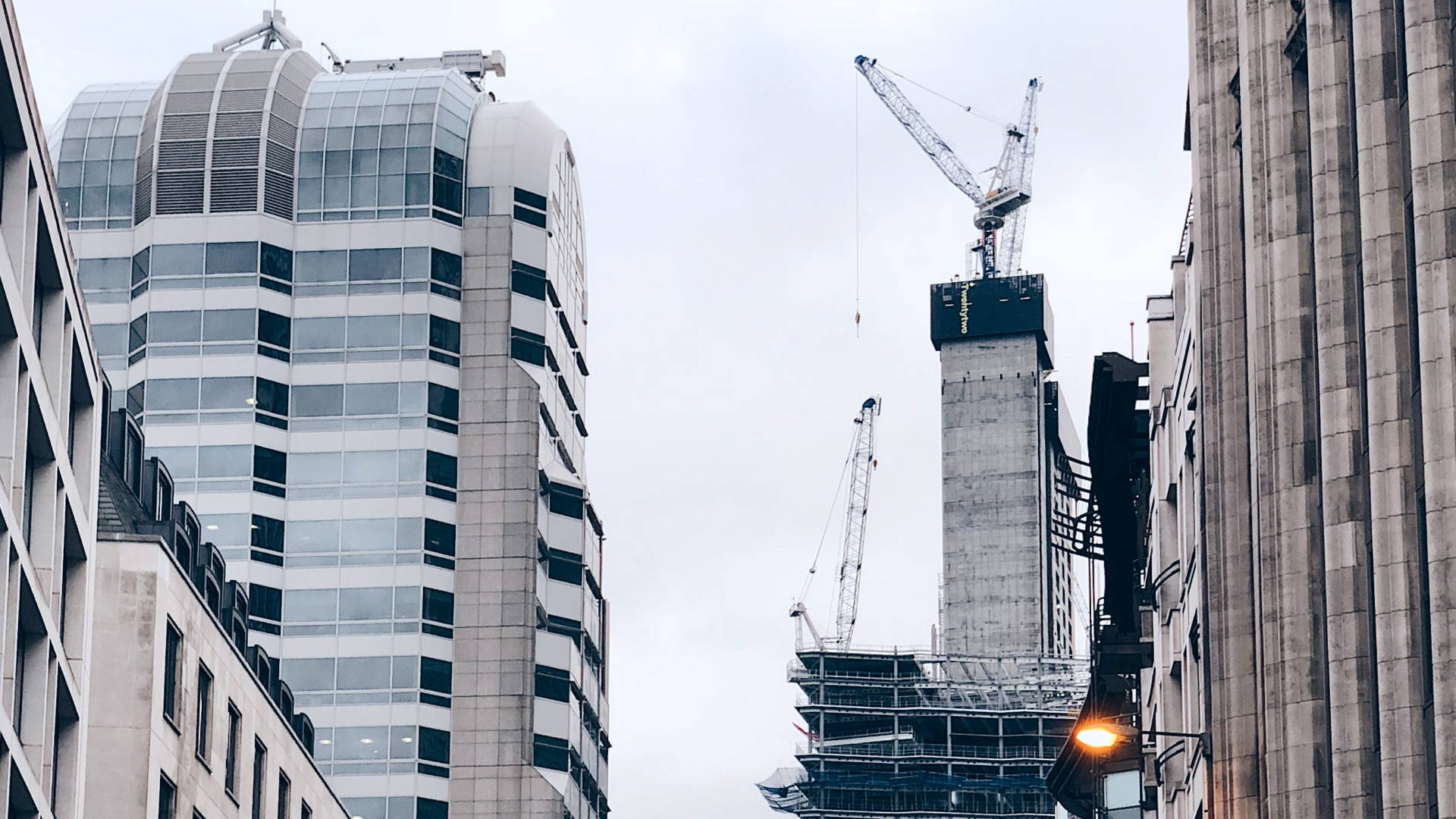
Building Safety Regulator
Latest
-
The Construction Leadership Council (CLC) is championing and supporting the delivery of safe and high-quality buildings for those who live and work in them.
The Building Safety workstream of the Construction Leadership Council have today (27 August 2024) published guidance on the golden thread of information requirements for higher-risk buildings. This guidance will support dutyholders and accountable persons to deliver a golden thread for their building.
The guidance sets out the golden thread information that dutyholders and accountable persons will need to generate, keep, maintain and handover during design, through construction, handover and completion of the building and into occupation.
The full Golden Thread Guidance is available here. A Summary of the guidance is also available, and can be downloaded here.
As the new regime develops, this guidance will almost certainly need to develop with it. The CLC would like to invite constructive feedback on this guidance to support this process.
- Building Safety Act
-
HSE’s second building safety conference, which took place in May in Birmingham was attended by over 1,400 industry leaders, regulators and resident representatives.
The conference featured almost 40 sessions and panel discussions providing detailed information on a breadth of topics including:
the building control application process for high-rise residential buildings
ways of working for the building control profession
more information on how to build a safety case and a resident engagement planIf you missed the opportunity to attend the BSR conference in May, you can watch back all of the key note speeches and sessions on HSE’s Youtube channel.
Amongst the many topics covered, sessions include updates on : Building Control Assessment process, Resident Engagement, Building Control profession, the Golden Thread, and Planning Gateways.
- Building Safety Regulator
-
Seven years have passed since the tragic night when Grenfell Tower was engulfed in flames, leaving an indelible scar on our collective conscience. Today, as we remember the 72 lives lost, The Property Institute (TPI) stands in solidarity with the survivors and the Grenfell community, who continue to seek justice, and we urge the next Government to get on with remediating unsafe buildings.
The Grenfell Tower fire was a preventable disaster – the consequence of a series of systemic failures and regulatory oversights. Combustible cladding, inadequate fire doors, and a dangerously flawed stay-put policy turned the tower into a death trap. The aftermath revealed the urgent need for comprehensive safety measures. Seven years on, we have a new regulatory regime, but there remain many challenges ahead to ensuring buildings – and more importantly, residents - are safe.
-
The Building Safety Alliance, a collaborative effort uniting leading industry figures, associations, and bodies, has announced the publication of two pivotal documents aimed at bolstering competence standards and fostering the recruitment of qualified professionals within the residential occupied sector.
The newly unveiled documents, BSAS 01:2024 Organisational Capability Management System Standard and Guidelines outlining competence expectations for stakeholders involved in specifying, procuring, and managing services for occupied high-rise and higher-risk residential buildings, serve as essential resources for organisations seeking to enhance competence within their building safety functions. These initiatives align with the imperative of meeting the requirements set by the new building safety regime and its regulations pertaining to competence.
The Standard will next become part of the British Standards Institute (BSI) standards development process, towards a Publicly Available Specification (PAS) or full British Standard (BS). Both documents are available free of charge - anyone interested in the Standard, will be engaged in a feedback process:
To request a ccopy of the Organisation Capability Standard CLICK HERE
To request a copy of the Guidelines for Competence CLICK HERE- Building Safety Regulator
- Regulations and Guidance
-
ARMA Guidance Note B19: Building Safety Act: Registration of Higher-Risk Buildings and Key Building Information
-
ARMA Guidance Note B14: Building Safety Act - Duties During Occupation
-
ARMA Guidance Note B13: Building Safety Act - Changes in Construction
-
TPI Advice Note: Fire Safety Management in Flats
-
Guidance Note B02: Fire Safety